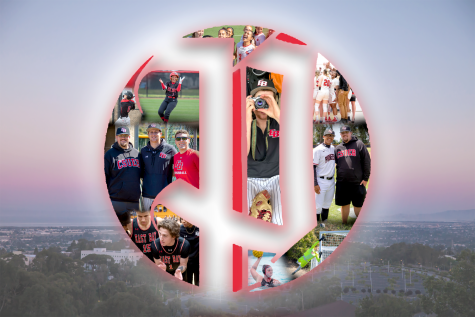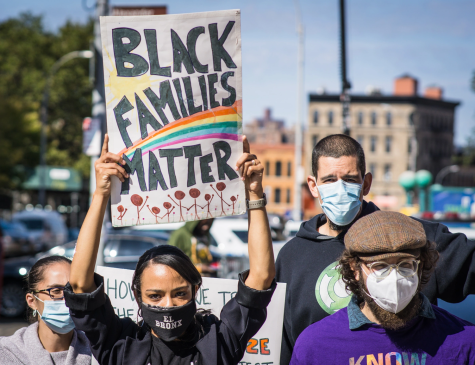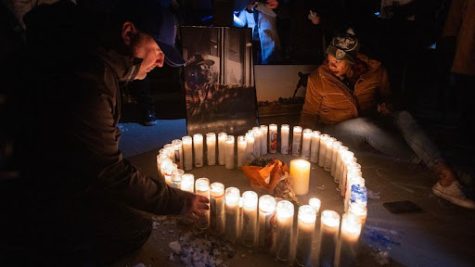The Hotep Wild Card
April 24, 2020
In the 2016 Presidential election, Donald Trump won swing states like Michigan, Pennsylvania, and Wisconsin by slim margins. To be more precise, Trump won the state of Michigan by .23 percent or 10,704 votes. By presidential campaign standards, this is a razor-thin margin. Michigan holds 16 electoral votes. In the state of Pennsylvania, another typical “blue” state, Trump won by .72 percent or 44,292 votes. A little more substantial of a gap, but another 20 electoral votes in his column. The state of Wisconsin, with its 10 electoral votes was decided by .77 percent or 22,748. Again, not very large of a gap is under 1 percent of the vote.
By most standards, these are the thinnest of vote margins. These thin victories are very rare in presidential races. Donald Trump himself didn’t even expect to win, and most candidates always think they can win. So much to his surprise and to Hillary Clinton’s chagrin, a key demographic was noticeably absent in exit polling. The black vote. Consider the historical accuracy and consistency of the black voting bloc and it’s easy to see their impact. According to the Edison Media Research via the Roper Center, black voters made up 12 percent of the electorate in 2016 which was down from 2008 and 2012.
It’s never been a political secret that Barack Obama won decisively because of his almost unanimous support of black voters. That coupled with many demographics of the white vote and other minorities like the Hispanic and Asian vote, also propelled him to the Presidency in 2008 and reelected in 2012. We live in a political era in which these data points can be analyzed ad nauseam thanks to data consultants like Nate Silver with 538. So the alarm about the declining black vote was not just being sounded by Nate Silver, but even Barack Obama himself had sounded the alarm. Shortly before the 2016 election, he warned about the black voting bloc showing signs of fracture. So what led to this decline? How did a decisively solid voting bloc in 2008 and 2012 start to show signs of decline and fracture? A couple of factors come to mind.
First, there was the emerging visibility and influence of “Hoteps.” You may be wondering what a “Hotep” is but it’s a term that’s been around for a while. It’s a subset of the black community that typically describes a black person with viewpoints that tend to hit outside of the norms or mainstream. Often times they can be extreme and have a reputation for having strong conspiracy theories about government and the world itself. For example, an infamous Hotep on Facebook made a claim that a woman’s period is the result of white supremacy. As crazy as that may sound, his video went viral and has millions of views. So in terms of the 2016 election, the rising visibility of Hoteps started to cross over into politics. A dangerous and misinformed theory started spreading on social media by Hoteps: The Electoral college is a sign of a shadow government.
What is already a misunderstood topic by many in the country, the way the electoral college selects the President in elections can easily be misconstrued as a shadow government to someone who doesn’t know any different. This was fueled further by Hoteps by assigning a sinister motive to a centuries-old method written into our constitution by the founding fathers. Add to that the outside interference by Russian actors spreading false information about the electoral college, and one can clearly see how this conspiracy theory can impact an election.
The 2008 and 2012 elections happened during the era of social media but the difference between the years in terms of usage and influence has exponentially changed. The four years since the 2012 election brought a host of new trends and influences. Social media had much more of a reach-in to how we connect and absorbed the news. This is why the Russian interference campaign hit differently in 2016. According to Facebook, over 470 pages purporting to be pro-black Facebook pages were linked to Russia and shut down. These pages were among much spreading misinformation about the electoral college and Hillary Clinton. So did they have an influence? Well, think about the thin margins aforementioned.
How many of those voters in the 2016 decline actually bought into the theories promoted by Russian actors and American Hoteps? In 2020, the Hoteps have faded from the picture and gave way to a new edition of aggressive misinformation. The ADOS movement, or American Descendants of Slaves, has emerged as the new wing of sorts that is not exclusive to the Hotep movement. Hoteps, known for their symbolism of Egypt with ankh symbols and African based political leanings, it shifts gears a bit with ADOS. People who affiliate with the ADOS movement don’t resemble Hoteps in symbolism but share their extremism but with politics. The ADOS movement is mostly centered around the subject of reparations. An explosive topic in the political world even before Trump, reparations has been a hot button on both sides of the political aisle. But the potential for disruption comes in the same form of the Hoteps and Russian actors: Misinformation and falsehoods.
Absent from the reparations push by the ADOS movement is the logistics and congressional path to passage. But despite the absence of this, the dangerous part about the movement, and the potential for disruption comes in the form of wagering votes on the passage of reparations. One of the leaders of this movement, Tariq Nasheed, has tied the passage of reparations to the support of any candidate. This in itself doesn’t pose a threat, but when you consider the massive influence of his supporters on Twitter, this can once again cause enough disruption to make a difference of 10,000 votes or so. Nothing was more obvious than when a follower of Nasheed tweeted a cryptic and disturbing post. He said, “Tariq, tell me who to vote for.”
At that moment it was clear the danger of this new movement. Even on the local level, I spoke with some students who support the movement. Toy Scarborough, a biology major states she supports their movement and follows Nasheed on Twitter. “I won’t back a candidate who doesn’t support the push for reparations. Said Scarborough. Based on new trends and variables that many politicians themselves on both aisles don’t understand, new lines in the sand have been drawn on social media, and it is very possible 2016 could repeat.















